Mayonnaise is one of the most versatile sauces in the culinary world. Mayonnaise can be found to have a great variety of manufacturers and types. Mayonnaise can be prepared with almost any flavor - with spices, with onions, garlic and other vegetables and products. The most unique flavor remains classic mayonnaise, which in practice can replace a similar taste among other sauces.
Mayonnaise is classified as a type of emulsion (mixing of otherwise immiscible liquids), which is made from vegetable oil and egg yolks, with lemon juice. It is actually an emulsion of olive oil and lemon juice, which is stabilized by the lecithin in egg yolks. With no yolk, the oil and lemon juice will never become homogeneous long enough to beat them together. The original recipe for mayonnaise is made by whipping egg yolks and slowly adding the vegetable oil, vinegar, salt and mustard. The sauce isfrequently made without mustard and vinegar.
History of mayonnaise
The word mayonnaise comes from French, suggesting the French contribution to the discovery of the delicious sauce. According to the story, mayonnaise is the brainchild of a French chef who through some circumstances created the culinary masterpiece. According to legend, in the middle of the 18th century, the Duke of Richelieu resided in the British besieged fortress town of Mayo. The French army gallantly withstood the invasion by England, but gradually supplies and stocks of food had been disturbed during the constant battles.
The only remaining thing was eggs and yolks in particular, because the whites are is used as an adhesive substance to repair the holes in the walls. They also had lemon and olive oil, which was in no way be able to satisfy the whims of the culinary taste of Richelieu, who liked to indulge. The capricious ruler ordered his chef to come up with a dish worthy of his tastes. In fear of death, the French chef got oil and eggs, added some spices and lemon juice and voila - a thick sauce, mayonnaise, which satisfied the whims of Richelieu.
Another legend also attributes to the creation of mayonnaise. Roughly the same time Duke Louis Krilion who returned back to the French city of Mayon after a long British siege, organized a grand celebration on the occasion. Chefs mixed a special blend of olive oil, lemon and egg yolk, to which they added quite a few red peppers. The innovative mayonnaise sauce was much liked by the Duke and for many years it was considered a dish worthy only of aristocrats.
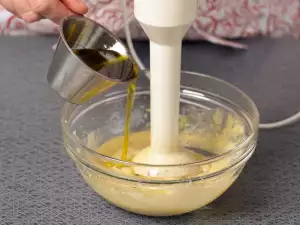
Composition of mayonnaise
1 tablespoon of mayonnaise contains 75 calories and 14 grams fat.
Mayonnaise is a calorie product, but it is available in wide variations that advertise their dietary advantages and ease of use as food. Mass produced mayonnaise is made from egg powder, not real eggs, with little or no vegetable oil. Furthermore, to ensure the durability of the product, they put in many preservatives, stabilizers, additives and colorants.
The most common ingredients in traditional store-bought mayonnaise are sunflower oil (at least 50%), water, sugar, egg powder, stabilizers (E 1412, E412, E 415), vinegar, lemon concentrate (1%), salt, potassium sorbate is 202 and others. These components allow the product to last for several months in a closed container. But even the best flavored mayonnaise comes with ability to keep for a week, once open. True, homemade mayonnaise is good to consume for up to three days after preparation.
100 g of mayonnaise contains about 480 kJ kcal/2008.
Mayonnaise Recipes
Mayonnaise is made with raw eggs, so always choose fresh ones for preparing it. The older the egg, the less it contains lecithin and reduces its ability to be a stabilizer. For long lasting products, it is best to use refined vegetable oil. In unrefined fat mayonnaise has a chance to curdle and become "rags". This is because at low temperature "extra virgin" oil, for example, is hardened.
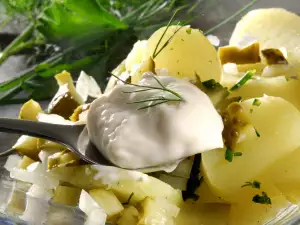
All products in the preparation of mayonnaise should be at room temperature. Mixing can be done with a blender, mixer or even by hand. The original recipe for mayonnaise is made with 2 egg yolks beaten in a warm bowl with 1 tsp Dijon mustard. Gradually, add 175 ml salad oil, drop by drop, beating constantly. The mixture will gradually thicken. Add 1 1/2 tbsp vinegar or lemon juice.
Put salt and pepper in. If using a blender, add all the products at once and stir until you get a thick mixture. If you want a more interesting taste, add herbs to your taste - dill, parsley, basil, or exotic spices such as nutmeg, turmeric, curry, chili, etc. Excellent mayonnaise is made even with horseradish or wasabi, cheese, etc. Russian hand made mayonnaise is created with ¼ cup Red caviar, ½ cup sour cream and chopped dill.
It is possible to prepare milk mayonnaise, which is egg-free. For this purpose, mix 1 cup milk, 2 cups oil, pinch of salt and a pinch of citric acid. Again, it can be made in different variations by adding products, vegetables and spices. Light mayonnaise can be obtained by adding strained yogurt to the classical, in a ratio of 2 parts mayo, 1 part yogurt.
Beating of the mayonnaise should be in metal or porcelain dish, warm and slightly round-bottomed with a wooden spoon. First oil is added dropwise, then in larger portions. The new amount of oil is put in only if the former is completely absorbed in the egg yolks and the mixture is smooth.
If you prepare the mayonnaise too runny, add some oil, beat vigorously. Conversely - if it is too thick, add 1 tablespoon of water just before serving. If you want to avoid curdling of the mayonnaise, it is better to beat it with 1-2 tsp boiling water before adding the oil. In the event that this method is not effective, beat more yolks and add slowly to the mixture.
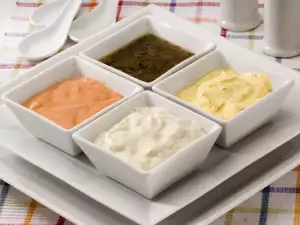
Selecting and storing mayonnaise
Mayonnaise is widespread product and can be found in any store. With a choice of mayonnaise, buy that, which is tightly sealed and has a clearly articulated durability. Storage of mayonnaise must be done in a refrigerator, but after opening, it her should be consumed within a few days.
Mayonnaise in cooking
The vast use of mayonnaise in cooking is the cause of it’s general and popularity worldwide. No restaurant or shop has the French sauce being absent. Mayonnaise is widely used as an excellent supplement to burgers, sandwiches, salads and sauces and marinades them. Russian salad or potato salad would not be the same if you do not add mayonnaise. Mayonnaise is the main product for the preparation of other popular sauces for meat, fish and salad. Mayonnaise is an excellent side dish to supplement and vegetables, meats, fish and even fruit. There are many simple options that can be used to convert various types of meats, fish and salads into something extraordinary.
Good idea for a tasty and flavored mayonnaise is to replace half the salad oil with walnut oil and add chopped fresh herbs, such as aromatic wormwood, thyme, spring onions and chervil. Mayonnaise is used as a basic sauce from which derivatives are prepared, such as a green sauce (adding in parsley and its juice), tartar sauce (with pickles, onions, olives and parsley), mustard sauce, etc. In standard mayonnaise, you can even add 2 boiled eggs and crush them with a few herbs. The flavor becomes more dense and delicious.
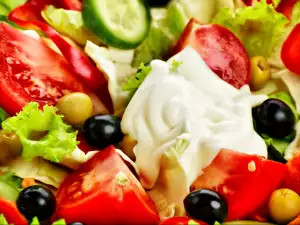
Preparation of cooked mayonnaise is also an interesting idea for any homemaker. In a small saucepan put 4 beaten eggs, 3 tablespoons water, 1 tablespoon vinegar and 3 tablespoons of oil. Whisk the mixture in a water bath on the stove until it thickens, then remove from the heat and continue dismantling the machine to cool completely. Add 2-3 tablespoons beaten yogurt and chopped dill, parsley and pickles. If the mayonnaise may curdle, stir in 1 tablespoon in another dish with water and put a little bit of mayonnaise in it, with continuous beating.
Benefits of mayonnaise
General benefits to the human body from store-bought mayonnaise in practice can be there, because if its contents are only natural, with natural products, however, the mayonnaise can be useful in many ways, especially when it is qualitative. Because in mayonnaise oil is contained, it is rich in vitamin E, vitamin F, and beta carotene. The mustard in mayonnaise contains much essential oils, mineral salts and vitamins B1 and PP. In egg yolk, you can find vitamins of group B, vitamin A and lecithin.
Lecithin protects the liver from the harmful effects of preservatives, toxins, drugs and alcohol. Moreover, it is necessary for the prevention and treatment of diseases associated with impaired activity of the nervous system. Lecithin has the ability to enhance memory and helps the absorption of vitamins, especially fat soluble.
B vitamins, which contain quality mayonnaise, are involved in all cellular processes, and vitamin E is necessary for the proper absorption of oxygen. Vitamin A can neutralize free radicals. It is fat-soluble and must necessarily be consumed with oil, olive oil, mayonnaise or cream. Lack of vitamin A has detrimental effects on human health - problems appear with your hair and skin.
Dangers of mayonnaise
Like most mainstream foods, mayonnaise is able to cause damage to the health of a human body. The problem comes mostly from excessive frequent use of mayonnaise and poor quality in its mass. Mayonnaise is a high energy product, it contains an extremely high amount of fat, carbohydrates, dyes, sweeteners, substitutes and any other additives.
Many studies and medical experts suggest that mayonnaise is one of the most harmful products or they put it in the list of foods that shorten your life. Yolk itself can be an allergen. Eating mayonnaise is not recommended if you have high acidity in your stomach, allergy to acetic acid and eggs. It is better not to give mayonnaise to children up to age five. Excessive use of salt does lower blood pressure, upset the balance of salts in the body and is a prerequisite for the accumulation of toxins.
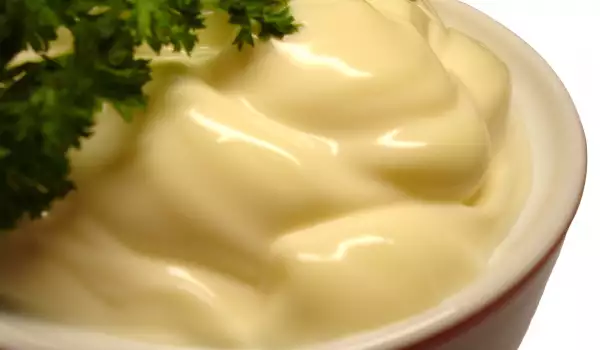
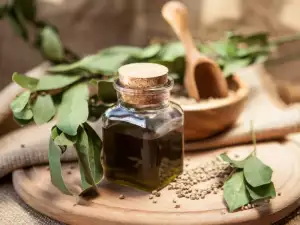
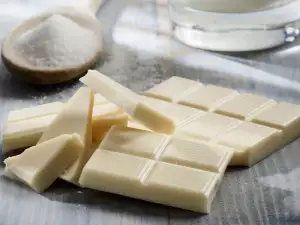


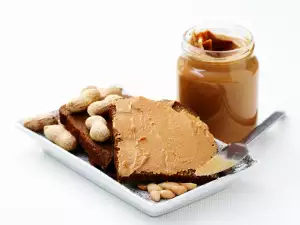
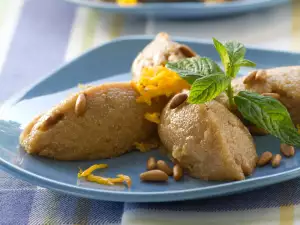
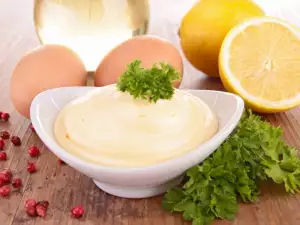
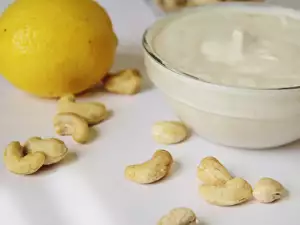
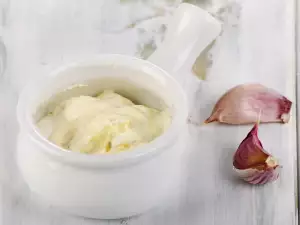
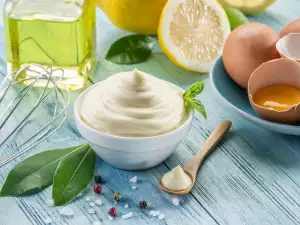
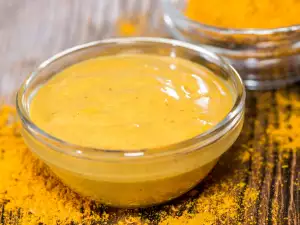
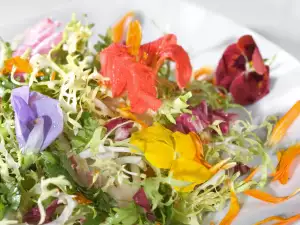
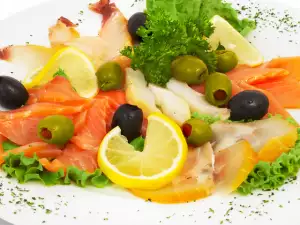
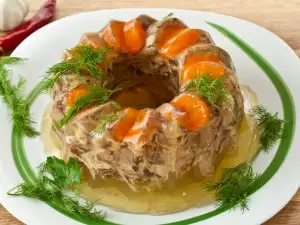





Comments